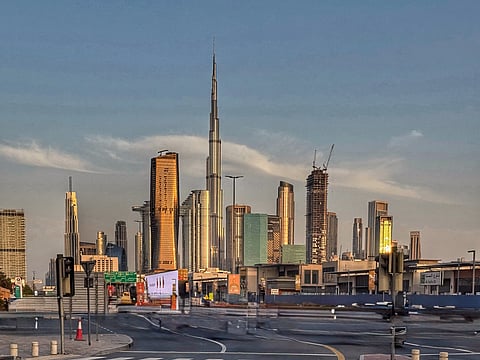Sheikh Hamdan approves Architectural Identity for Dubai’s road projects; here's what that means
The strategy plans to marry aesthetics with character and practical consideration

If you look at Dubai from the skies, you'll find the cohesion of structure and hue pleasing to the eye. No random pops of colour to mangle your visuals. And the leadership of UAE is committed to keeping it this way.
On November 21, Sheikh Hamdan bin Mohammed bin Rashid Al Maktoum, Crown Prince of Dubai, Deputy Prime Minister, Minister of Defence, and Chairman of The Executive Council of Dubai has approved the Architectural Identity for Dubai’s road projects. Here's a look at what that means for our city.
What do we know so far about Architectural Identity for Dubai’s road projects?
The strategy plans to marry aesthetics with character and practical consideration to create a city that not only looks future-ready but is.
What do the plans include?
Infrastructure elements such as bridges, canopies, street furniture, lighting, and aesthetic components. It also integrates sustainability and innovation principles.
The strategy aligns with the Dubai 2040 Urban Master Plan, which seeks to elevate quality of life and reinforce the city’s aesthetic identity.
The city has thus been split into six zones based on land use, predominant activities, and the architectural form and façades of buildings. The aim is to establish design standards for each zone to ensure visual harmony and reinforce the architectural identity, read a statement from Dubai Media Office.
Residential zones
Must emphasise privacy and tranquility
Will feature warm colours and materials inspired by the local environment
Rural Zones
Characterised by simplicity and functionality
Will reflect a natural and agricultural character through organic materials and light earthy tones
Mixed-use Zones
Combine residential and commercial functions
To adopt a flexible architectural language that allows integration between public and private spaces.
Historical and artistic zones
To highlight Dubai’s cultural and heritage identity through architectural details inspired by traditional design and local ornamentation.
High-end attraction zones
Contemporary urban façades, modern architectural forms, and unique materials
Sign up for the Daily Briefing
Get the latest news and updates straight to your inbox





